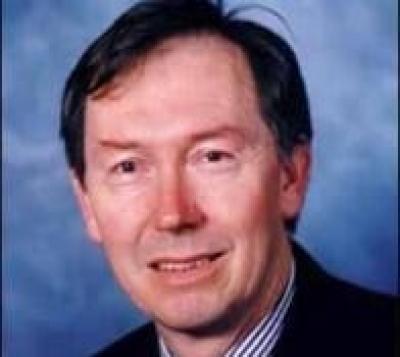Dr Neil Cherry eminent scientist identified electromagnetic equipment and cancer, cardiac link
The government sponsored experiment to position very large scale solar generating installations on the boundaries of towns in order to take advantage of their existing close-in substations runs counter to the warnings of a pioneering environmental health scientist about the danger to human health of the resulting electromagnetic radiation fields.
The scientist was Dr Neil Cherry now acknowledged as the global pioneer in researching and then publishing his discoveries centred on the threat to humans of exactly these types of large scale concentrations of electromagnetic radiation fields.
Dr Neil Cherry of Lincoln University was also a three term Environment Canterbury Councillor and an officer of the New Zealand Order of Merit.
The two towns scheduled to have these electromagnetic installations the size of large-herd dairy farms affixed onto their boundaries are Helensville and Greytown.
Dr Cherry said that guidelines from international standard setters gave insufficient emphasis to the extent of the radiation effect on human health.
He insisted that any degree of radiation beyond threshold i.e. natural level was a threat to human health and this compounded with the intensity of it beyond this natural state. He described such radiation as “electronic smog.”
Children he identified as being notably vulnerable because of their undeveloped immune systems.
Dr Cherry’s applied research has re-surfaced in connection with the Helensville suburban solar installation and its radio frequencies.
The Auckland City Council which administers Helensville has sought developer assurance on ICNIRP “guidelines” on “maximum exposure levels”
The International Commission on Non-Ionizing Radiation Protection was specifically cited by Dr Cherry as having inadequate guidelines based on biased industry data.
His constant challenging of the conventional wisdom remains a landmark.
He remains one of the very few in authority to take to task the World Health Organisation and its assessment of the level of threats presented by electromagnetic fields which Dr Cherry said was lax.
He criticised the high level of “industry dominance” in institutions responsible for setting safety standards.
Dr Cherry insisted that electromagnetic fields and their radiation damage DNA and accelerate cell death rates.
They enhance he stated the rates of cancer, cardiac, reproductive and neurological disease and impact mortality in human populations.
The essential human hormone melatonin was particularly vulnerable, he insisted.
The only “safe” exposure level is zero, he concluded
Dr Cherry believed that the greater the output of the electromagnetic field the greater the radiation and thus the greater the cumulative threat to public health.
Had Dr Cherry lived now it seems unlikely that foreign developers would currently seek to use New Zealand towns as international test sites for low-cost large scale solar generation.
He believed that as the evidence for the dangerous cumulative effects of electromagnetic radiation increased, so did official acceptance and toleration of it also increase.
Neil Cherry died at 56. His expertise in numerous applied sciences allowed him to relate events in one field to repercussions in quite another.
His value today is that he coupled what was going on in science with what was going in the health of everyday people.
He was more renowned overseas than in New Zealand. He appeared before the European Parliament among others.
He campaigned to have electromagnetic radiation officially described for all district planning purposes as “a contaminant” on the grounds that it changed the composition of the air.
Dr Cherry pointed out that the human body is regulated by electrical impulses and was thus vulnerable to interference from nearby artificial electromagnetic radiation sources and the greater the extent of the radiation, the greater the danger to human health.
He stood for Parliament as an electorate candidate for the Labour Party.

